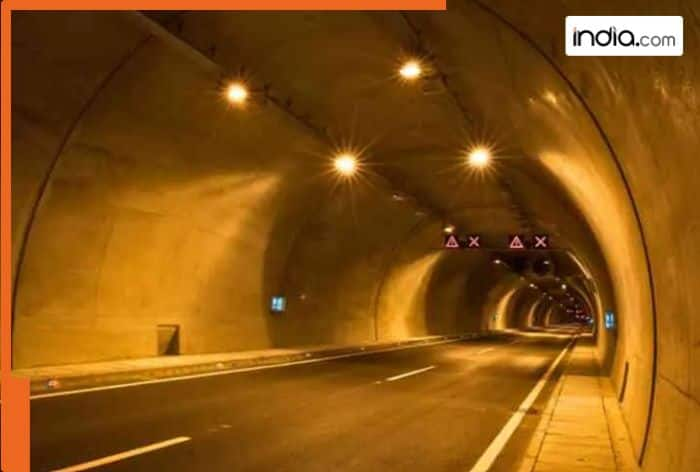
By clicking “Accept All Cookies”, you agree to the storing of cookies on your device to enhance site navigation, analyze site usage, and assist in our marketing efforts Cookies Policy.

Engineers around the world are increasingly exploring the idea of connecting countries through underwater tunnels, making travel faster and more efficient. One ambitious proposal is a tunnel between Spain and Morocco, though the project presents major engineering challenges. But Europe isn’t stopping there—Norway is gearing up to build its own underwater tunnel, called Rogfast, set to transform travel within the country.
Said to be the world’s longest and deepest road tunnel, the Rogfast Tunnel is Norway’s newest infrastructure project. Spanning 16 miles and reaching a depth of 1,300 feet beneath the sea. According to The Times of India, the tunnel will be built at an estimated cost of USD 46 billion (£36 billion).
Norway’s rugged, mountainous terrain has long made travel a challenge, with many routes relying on ferries. Bad weather can cause major delays, making some journeys take over 10 hours. But Rogfast is about to change all that.
Rogfast Tunnel is set to replace ferry travel and significantly cut down commute times, especially along the E39 coastal highway. Once completed, the tunnel will shorten the 680-mile journey between Kristiansand and Trondheim by 30 miles, bringing the total travel time down from 21 hours to just 11 hours.
At present, the Laerdal Tunnel holds the title of the longest subaqueous road tunnel in the world, spanning 15 miles. Built at a cost of £90 million, it was completed in 2000 and serves as a crucial non-ferry connection between Bergen and Oslo, linking the towns of Lærdal and Aurland in Vestland County. However, once Rogfast is finished, it will surpass Laerdal in length and depth, solidifying Norway’s reputation for pioneering tunnel engineering
This mega-project, expected to be completed by 2033, will become the world’s deepest underwater tunnel, plunging 400 meters below sea level. Spanning 25 kilometers, it will link Randaberg and Bokn, drastically cutting down travel time. What once required seven ferry rides and took hours will now be completed in just over an hour—a huge relief for travelers, especially in harsh weather conditions.
With Rogfast, Norway is setting a new benchmark in underwater engineering, paving the way for more such projects in the future.
The Rogfast Tunnel is set to revolutionize travel in Norway by providing a fast, reliable, and weather-proof connection between regions. Unlike ferry routes that are heavily affected by bad weather and long wait times, this tunnel will offer a smooth and uninterrupted journey.
One of its standout features is the four-lane design, which will efficiently handle high traffic volumes and significantly reduce congestion, making road trips much more convenient.
Although the project was approved in 2017, financial setbacks delayed construction. With an estimated investment of USD 1.87 billion, the tunnel is now set to open in 2033. Once completed, travelers will need to pay a €35 (approx. USD 37) toll to use the tunnel, helping to recover the investment.
The idea of driving 400 meters below sea level might seem intimidating, but the Rogfast Tunnel is designed with safety and efficiency in mind. It provides a much-needed alternative to ferries, eliminating long queues, unpredictable delays, and hazardous winter conditions.
By reducing dependence on ferries, the tunnel will also help save time, fuel, and money—even with the toll fee. Plus, during heavy snowfall or storms, travelers won’t have to worry about cancellations or risky road conditions.
Once operational, Rogfast will be the world’s deepest underwater tunnel, setting a new standard in European mobility. It promises to be a faster, safer, and more convenient route, allowing people to travel freely without being at the mercy of the weather.
With 2033 on the horizon, many are eagerly waiting to see this incredible engineering feat in action! a
For breaking news and live news updates, like us on Facebook or follow us on Twitter and Instagram. Read more on Latest World News on India.com.